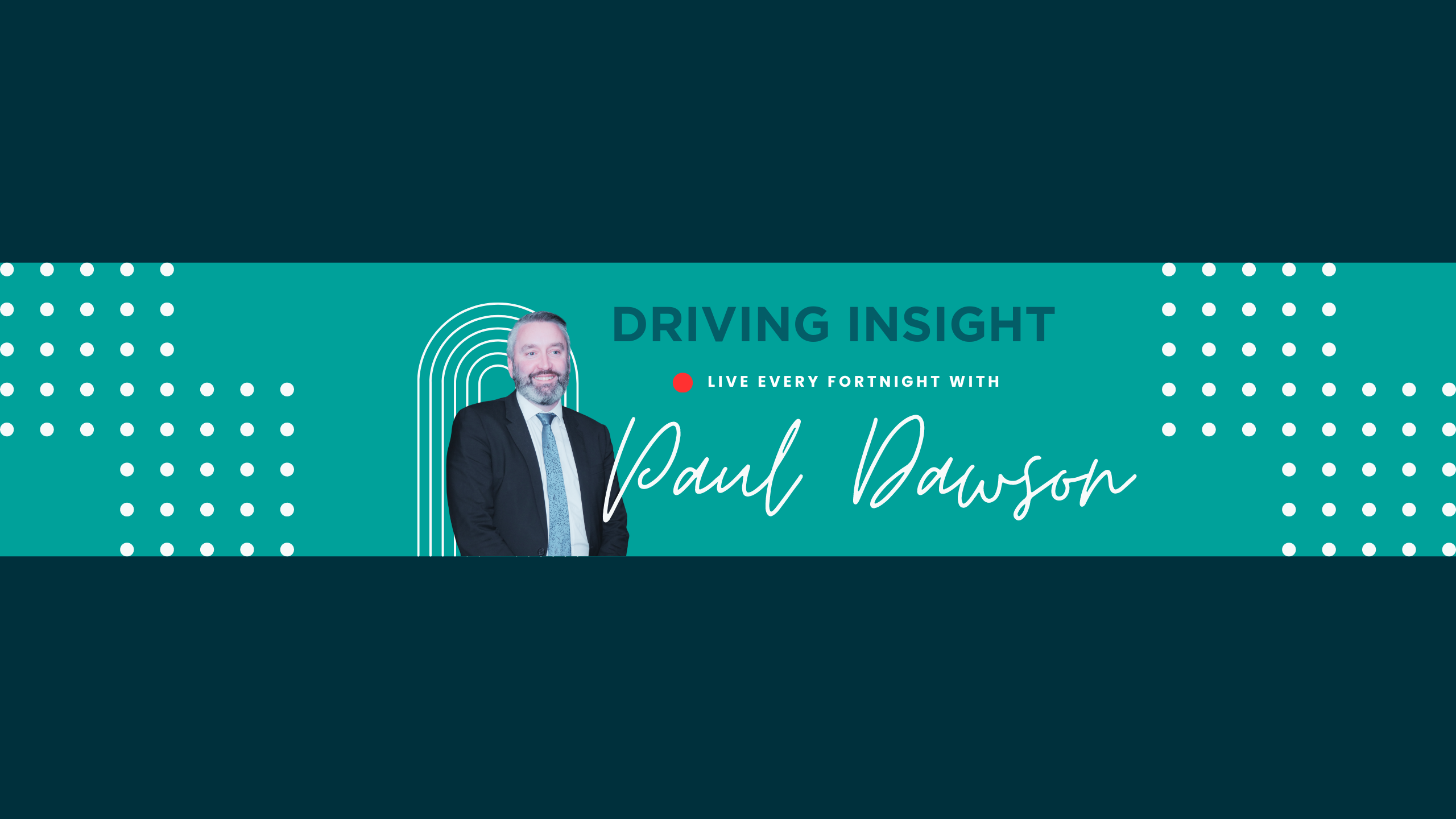Evolving Conversations: Blending Behavioural Science with Data
Welcome to the latest entry in our blog, where we summarize episode four of Paul Dawson’s LinkedIn Live series, “Driving Insight.” This episode, featuring guest Luke Batty from Sprint Valley, explored the integration of behavioural science and data in organisational development and performance enhancement.
Introducing Luke Batty: Bridging Change and Behavioural Science
Luke Batty, Managing Partner at Sprint Valley, delves into the essence of his organisation’s mission: facilitating change in businesses through insights, strategy, and experimentation. His approach is deeply rooted in the science of behaviour change, emphasising collaborative processes and data-driven evidence.
The Evolving Role of Data in Organisations
Both Paul and Luke discussed how organisations have evolved in their understanding and application of data over the past decade. Luke emphasises the importance of balancing quantitative (hard numbers) and qualitative (stories behind the numbers) data to enable confident action-taking.
Behavioural Science in Business: Making It Accessible
Luke highlighted the maturity of behavioural science as a discipline, yet pointed out its underutilisation in businesses. He stressed the importance of making these principles accessible to those without formal training, transforming academic findings into practical tools for everyday business use.
Overcoming Fear of Data and Behavioural Science
Paul shared his initial apprehension about the theoretical aspects of data and behavioural science. Luke responded by demystifying these concepts, using the “Thinking, Fast and Slow” framework to explain how our brain processes information and makes decisions.
System One and System Two: Navigating Human Decision-Making
Luke broke down the two systems of the brain: System One (fast, automatic, instinctive) and System Two (slow, effortful, logical). Understanding these can help businesses use data more effectively by integrating both quantitative analysis (System Two) and qualitative understanding (System One).
The Role of Judgment and Perception
Discussing the impact of judgment and perception, Luke highlighted the importance of context in driving behaviour. He presented a framework focusing on capability, opportunity, and motivation, which can guide businesses in implementing change effectively.
The Change Curve: Managing Organisational Change
Luke and Paul discussed the stages of the change curve – honeymoon, frustration, climbing, and peak – emphasising the different leadership approaches needed at each stage. Normalising the challenges at each phase can be crucial for teams to progress effectively.
Celebrating Progress: A Key to Motivation
Luke emphasised the importance of recognising and celebrating progress, not just outcomes. Celebrating small wins and adjustments can motivate teams, especially during longer projects.
Leveraging Behavioural Science in Negotiations
Luke introduced the ‘MINDSPACE’ framework, a tool to influence decision-making and negotiation outcomes. It encompasses levers like Messenger, Incentives, Norms, and Commitment, which can be strategically used to influence negotiations and decision-making.
Reflections on Data Literacy and Usability
Paul and Luke delved into making data usable and actionable in organisations. Paul emphasised simplicity, relevance, and connection to organisational goals as key factors in effective data usage. They discussed the balance between measuring inputs and outputs and the importance of alarms in data to indicate areas requiring attention.
Closing Thoughts
The conversation concluded with reflections on the importance of understanding where team members are on the change curve and recognising the continuous journey of integrating data and behavioural science into business practices.
Looking Ahead: Insights for People Strategy
Paul previewed the next episode of “Driving Insight” on the 15th Feb, which features Carly Miller – People Operations Director at Agena. Episode 5 will be focusing on using data and insights to enhance people strategy, shifting from traditional measures, like attrition, to more positive aspects, like retention and stay interviews. Don’t miss it! Click on the link below to get to the event, and hit Attend so it’s in your diary.



